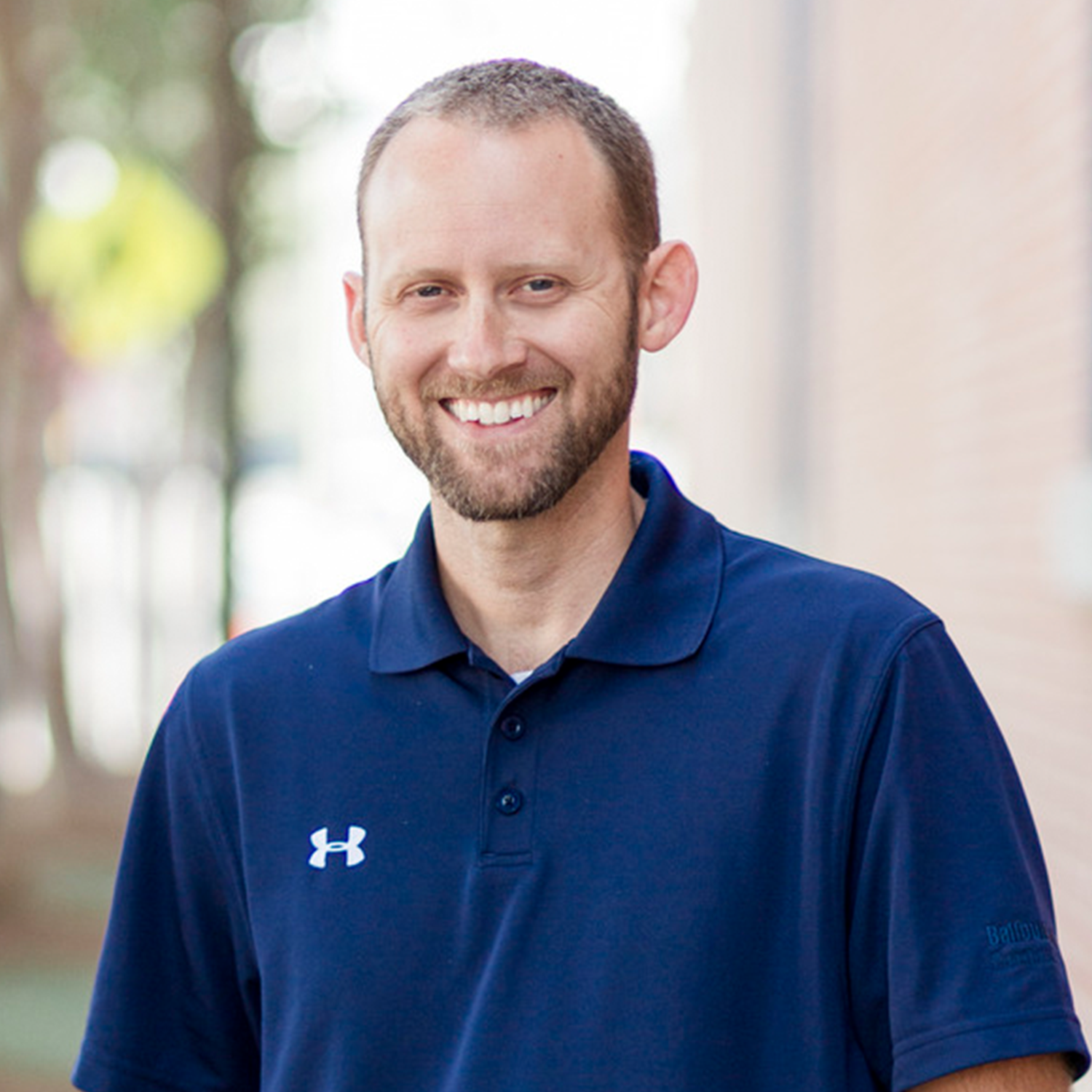Nick serves as Preconstruction Director at Balfour Beatty, bringing deep experience in office and hotel projects throughout the Southeast. He specializes in multi-phase project delivery and provides full preconstruction services, including scheduling, budgeting, design review, and constructability from concept through GMP. Nick holds a degree in Construction Management from East Carolina University.
Nick Puckett

Preconstruction Director